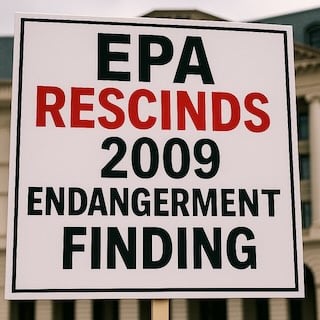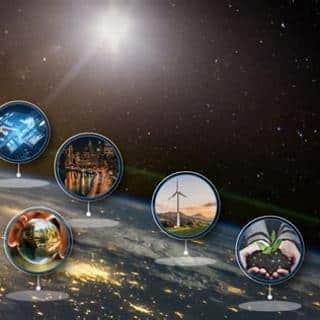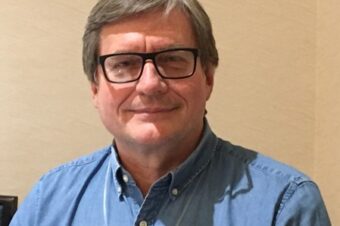From Maui news
http://www.mauinews.com
HARRY EAGAR
ERIN WILSON photo Western yellowjacket wasps, Vespula pensylvanica, gather at a nest. The invading insects like high, lonely places, and at Haleakala they’re building nests the size of cars.
Invading wasps in Haleakala National Park, which in their home range make nests the size of a football, have grown nests “the size of a ’57 Buick.”
Research just published in the Proceedings of the National Academy of Sciences shows a fascinating interplay in which the invaders are being shaped by their new environment, just as they are drastically changing the native ecosystem. Not only do the aliens – western yellowjacket wasps, Vespula pensylvanica – take advantage of the lack of cold winters to grow huge nests, they have taken to eating vertebrate meat as well as other insects – geckos and native shearwaters.
Erin Wilson, who has just completed a doctorate in biology at the University of California, San Diego, studied the yellowjackets at Haleakala and Hawaii Volcanoes national parks in 2006 and 2007. The yellowjackets have been a problem in the parks for years, but their new diet and their numbers were a surprise.
In a telephone interview from Acadia National Park in Maine, where she is vacationing, Wilson said the yellowjackets like high, lonely places.
They are hard to find, which is why the size of the nests – up to 600,000 individuals compared with a few thousand in a usual nest – escaped attention.
Along with Argentinian ants, the yellowjackets are among the most dangerous alien arthropod invaders of the park.
“It’s not just what they’re killing,” Wilson said. “They’re also collecting great amounts of nectar, drawing down the resources for anything else that might want to feed on it, whether it’s native insects or birds like the Hawaiian honeycreepers.”
The wasps do not attack and kill vertebrates, only scavenging the protein-rich remains of dead animals, but even that could help unbalance the native ecosystem by usurping the food supply for native scavengers, like the pueo.
Luckily, human intervention can reduce the impact, unlike with the ants, which are so far beyond control. By poisoning or in some cases digging out the nests, the pressure on native species is reduced, and Wilson’s research showed the natives are able to make a comeback in areas freed of wasps.
She determined what they were eating by analyzing DNA from their prey. The yellowjackets are not aggressive toward humans unless the nest is disturbed. In the western states, they prefer higher elevations and avoid people, so that they do not cause much trouble, except sometimes in orchards.
“The hard part is to find them,” she says. Digging or poisoning “is not a perfect solution,” but it offers some solace.
Wilson is concerned about the native solitary bees and wasps, particularly the yellow-faced bee, which not only have their nectar taken but are attacked in the air by the yellowjackets and in the soil by the ants.
The vast numbers of yellowjackets are changing the ecological working of Hawaii’s ohia forests and subalpine shrublands, Wilson said.
The yellowjackets are now eating food from 14 orders of animals. The adults mainly consume nectar but need protein to feed to their larvae. Besides lizards and birds, they go for tree lice and juicy caterpillars and spiders and a wide range of other arthropods. “They’re just like little vacuum cleaners,” she said.
Being flexible as to dinner can help explain why some invaders become invasive, the report says, but less attention has been paid to how a new environment can alter the invader’s behavior. “It’s a fascinating system,” Wilson said.
She is lead author of the paper, which is part of her dissertation. The co-authors are UCSD professor David Holway and Lynne Mullen, a former UCSD graduate student now attending Harvard.
Now that Wilson has her degree, she is looking for work. She has several grant applications pending and hopes some of them bring her back to the islands.
“Some of the stimulus money is trickling down, finally,” she said Monday.
* Harry Eagar can be reached at heagar@mauinews.com.









2 Responses
Ellen
Looks awesome
pedro
much better! Hi Ellen!~ 😉